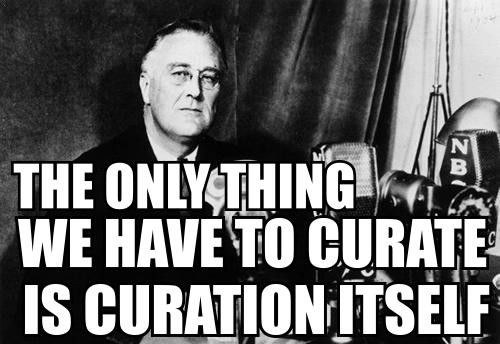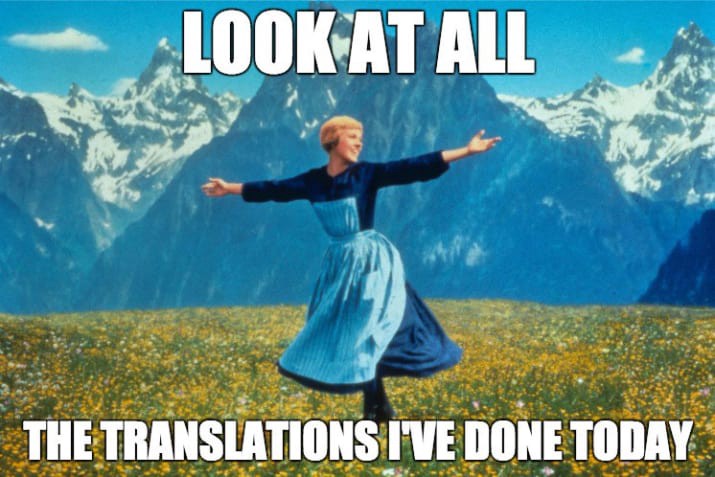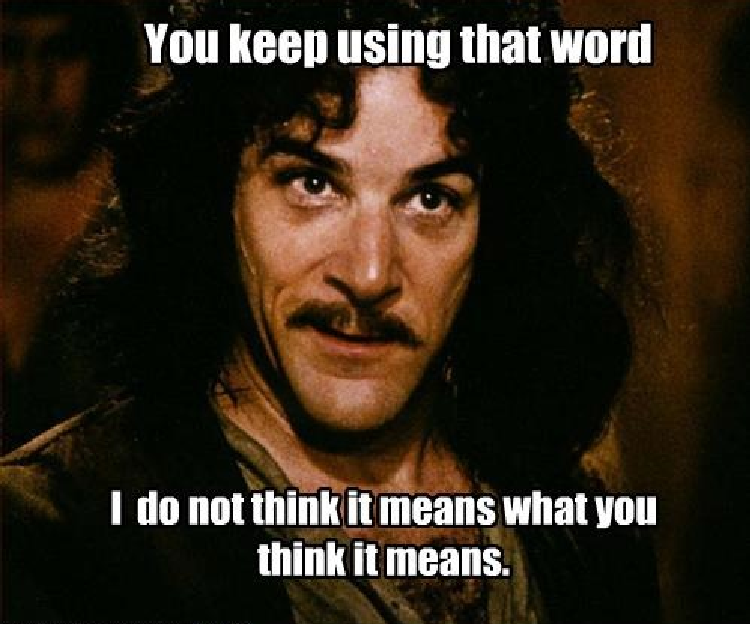
More than 2000 members attended RightsCon Toronto 2018 [1], but still not all of us who work in human rights or technology was lucky enough to get invited, obtain a visa, passing security checks in airports easily. Tech conferences are English-dominated spaces, we are witnessing a rise in inclusion and diversity funds to get everyone included. In Meedan [2] we are committed to the potential of translation as a social good, translation can cross language barriers and physical borders.
For the 3rd time in a row, Meedan [2] partnered with Access Now [3] to run RightsCon Translation Lab, in co-operation with Global Voices [4] and Localization Lab [5] who joined forces for the first time this year. We would love to pass our invitation for other civic partners who work in Language and tech to team together for more translation lab projects for upcoming conferences.

Kudos to our great translators, we translated 324 tweets into Spanish, 271 tweets into French, and 251 tweets into Arabic [6]. The Spanish team was led by Juan Arellano [7], the French team by @Suzanne Lehn [8] and the Arabic team by Mohamed ElGohary [9], all from Global Voices.
At this year’s RightsCon, an annual conference focused on human rights in the digital age, the RightsCon community achieved great highlights [10] like:
The process, Tips, and Challenges:
It’s very important to start the recruiting process as early as possible, so the team can get to know each other, manage their schedule, discuss workflow. The Bridge team conducted 3 online training sessions to teach volunteers how to use Bridge [11]. We created volunteers master sheet which included (contacts of volunteers, volunteering hours, glossaries, guidelines, resources). We also created Twitter DM groups for different translation teams: The Spanish team, the Arabic team, the French team. This year, we got the 3 translating accounts twitter verified, thanks @Twitter [12].
Curation

Content curation is the first step, it’s simply adding a line of highlighted tweets to Bridge [13]. A curator submits the translation request. A curator goes through the RightsCon conference schedule daily to highlight sessions and identify sessions that’s related to Spanish, French, Arabic audience like Latin America, MENA, and West Africa.
Guides: My colleague Noha Daoud [14] created a Content Curation on Bridge Guide [15]
Challenge: A way to add tweets to each language team without having to copy-paste in independent pages. So, if you recruited a big team of volunteers trust each team to curate their own translation submissions while reviewing all teams to make sure we are all on the same page.
Tips: In live translation, try to avoid tweets about session announcements that includes timing and dates, cause no matter how fast we are, the human-translated tweets are slower than the live stream of #RightsCon, save your effort for more quotes and discussion.
Translation

This is the most important step, we divided every day to 3 volunteering shifts. Our main goal is to have at least a curator, a translator, and an editor in 3 different languages in every shift. Translators used Bridge statuses feature to organize work between each other. Marking a request as “in progress” meant that a translator is already working on it so other translators would not start working on the same item to avoid duplication. That was a problem our translators faced in RightsCon 2017 when some duplicated work was done.
Guides: Thanks to Localization Lab who introduced participants to some helpful glossaries like UNESCO Internet Governance Glossary EN <> AR [16], Unified Localization Lab Glossary [es] [17], Unified Localization Lab Glossary [fr] [18], Unified Localization Lab Glossary [ar] [19]
Challenges: Jargons! Most of our volunteers are non-native English speakers. Translating tech related content isn’t an easy job, what made our job harder is hobgoblins in this case!
At #rightscon [20] session, cloudflare CEO twice said: “A foolish consistency can be the hobgoblin of little minds”…I’m not 100% sure what this means and I shudder to think of how confusing it must sound to a non-native english speaker.
— Ellery Biddle (@ellerybiddle) May 16, 2018 [21]
Tips: make sure you add links mentioned in the tweets, as well as not replacing hashtags if you are translating them. Translate new hashtags like #DearMark was released first time in RightsCon, it was very important to give this hashtag a more base of local audience.
Edit and publish

Every translation channel needs at least one editor, to review translation and also responsible for publishing.
Guides: The Bridge manual [11] describe a step by step how to publish a translation.
Challenges: We faced some trouble with translation screenshots published on Twitter, it was due to a server overload that caused the screenshots to fail to generate. Our technical team worked on fixing the problem during the conference, we avoided it by disabling the screenshot generation. We now have this improved to stand against high traffic.
For more info on Bridge, follow @speakbridge [22].
— Wanda (@itsWanda) May 17, 2018 [23]